Presentations
- Brufao Curiel Pedro, Universidad de Extremadura (ESP), Law and dam removal
- Calles Olle (SWE), Dam Removal in Sweden
- De Groot Lissie, Interaction With Removed Dams
- Echandi Almandoz Nekane, Basque Water Agency (ESP), Dam Removals in the Basque Country
- Epple Roberto, ERN (FRA), History of dam removal in Europe and France
- Geenen Bart, Fernández Garrido Pao, World Fish Migration Foundation – Dam Removal Europe (NDL), DRE project and AMBER
- Hayes Francis, WEF – SEPA (GBR), Scottish Fish Barriers
- Lindqvist Vesa, Helsinginkoski Association (FIN), A project to restore a free-flowing river Vantaa in the city of Helsinki, Finland
- Primo Carlos Marcos, Confederación Hidrográfica del Duero (ESP), Duero Basin Authority dam removals
- Royte Joshua, The Nature Conservancy (USA), Penobscot River dam removals
Photos of the Dam Removal Workshop

